Guatemala is one of the smallest countries in Central America, though with a population of 14 million people, it is also the most populous. With an annual growth rate of 2.5 percent (the highest in all of Latin America), it looks they are to remain so. More than half of the population is 19 years or younger, making it the youngest country in Latin America. Guatemala has the third highest adolescent birth rate in Central America – 114 births for every 1,000 women aged 15 – 19 each year.
Although Guatemala does have several national policies that support social development and address population issues, they have not been carried out very effectively. The country has experienced economic growth in the past decade, although growth has recently slowed. Guatemala remains challenged by high levels of inequality, especially between the Mayan population, which represents approximately 40 percent of the country’s population, and the ladino population, which makes up the majority of the remaining 60 percent.
Guatemala has started making strides in addressing many of its gender-based disparities. However, the more-telling difference is between the quality of the lives of Mayan and ladina women, reflected in differences in school attendance and use of health services. Only two-fifths of women aged 20 – 24 have completed primary school, one in four in rural areas and one in ten among indigenous women.
Half of young Guatemalan women enter into a union (formal or consensual) before their 20th birthday; three-quarters do so with no schooling, compared with one-quarter of those with a primary education or more. Forty-four percent of 20–24-year-olds had their first child by age 20; the proportion is highest among young women with no education (68%) and among indigenous women (54%).
Gallery Highlights:

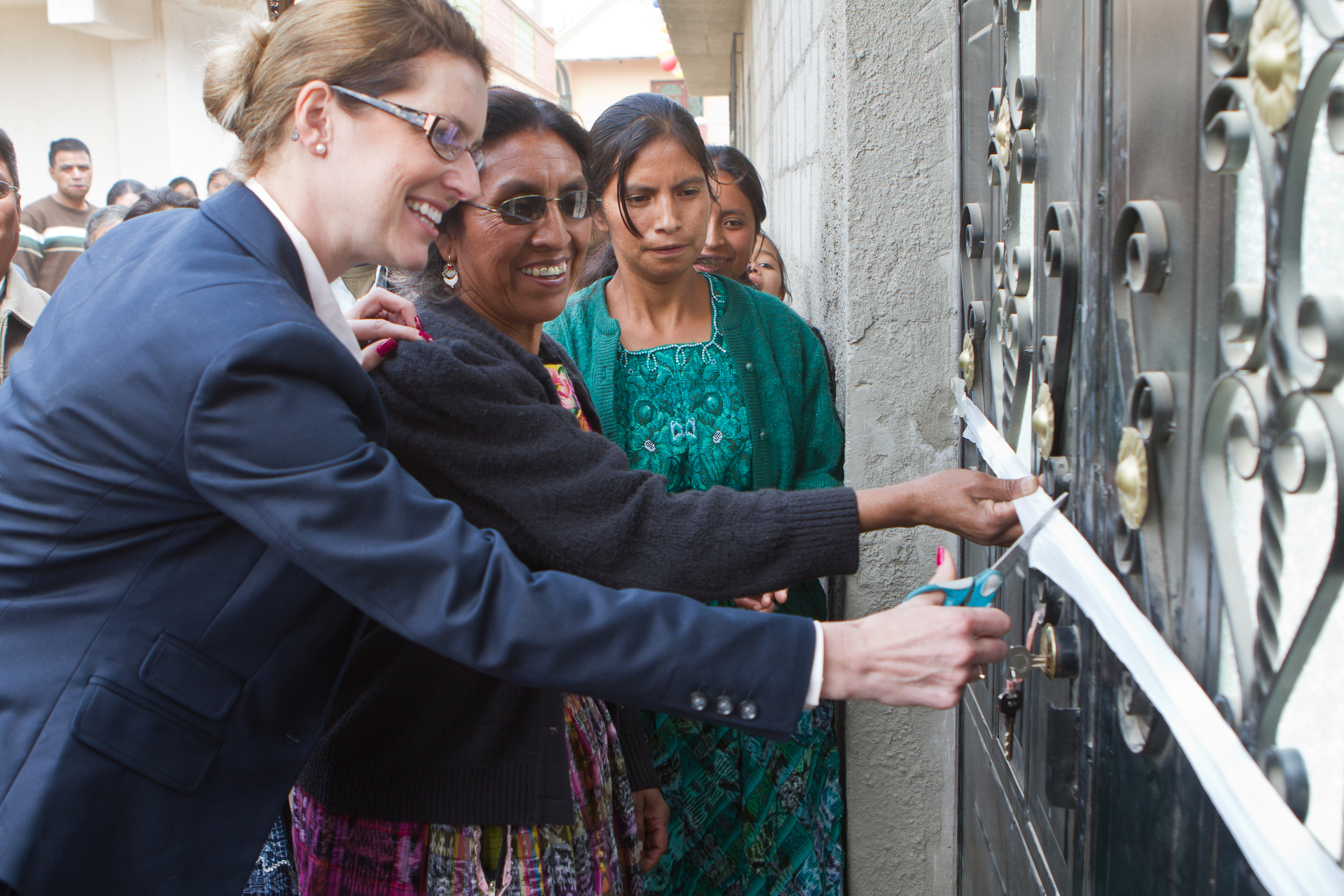
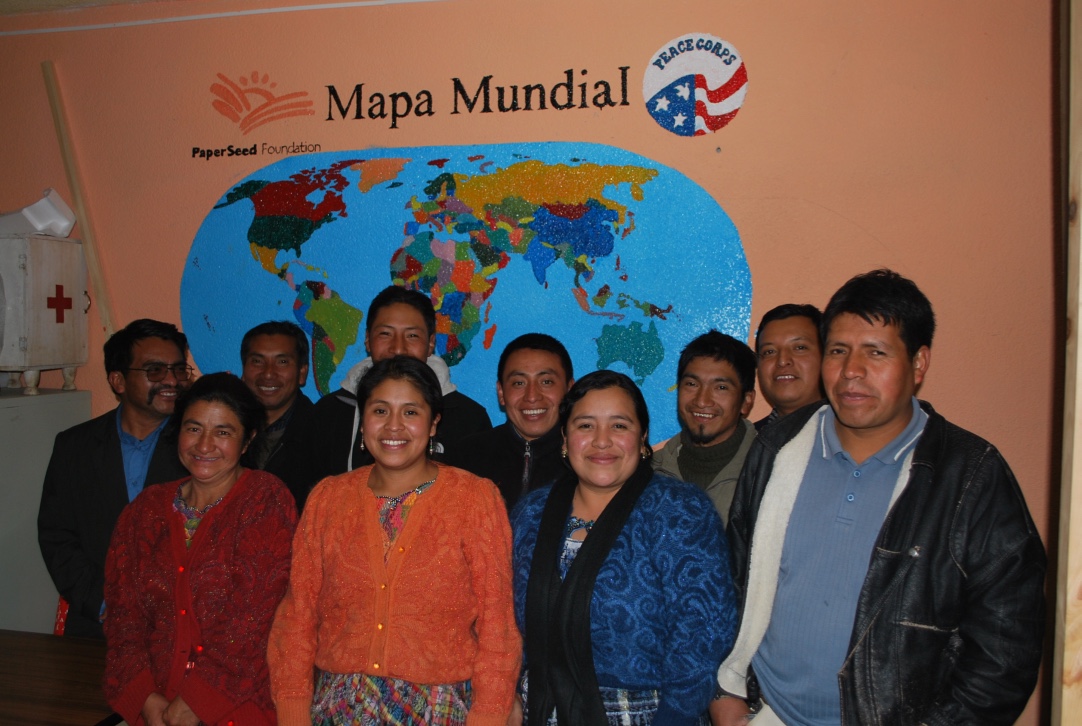
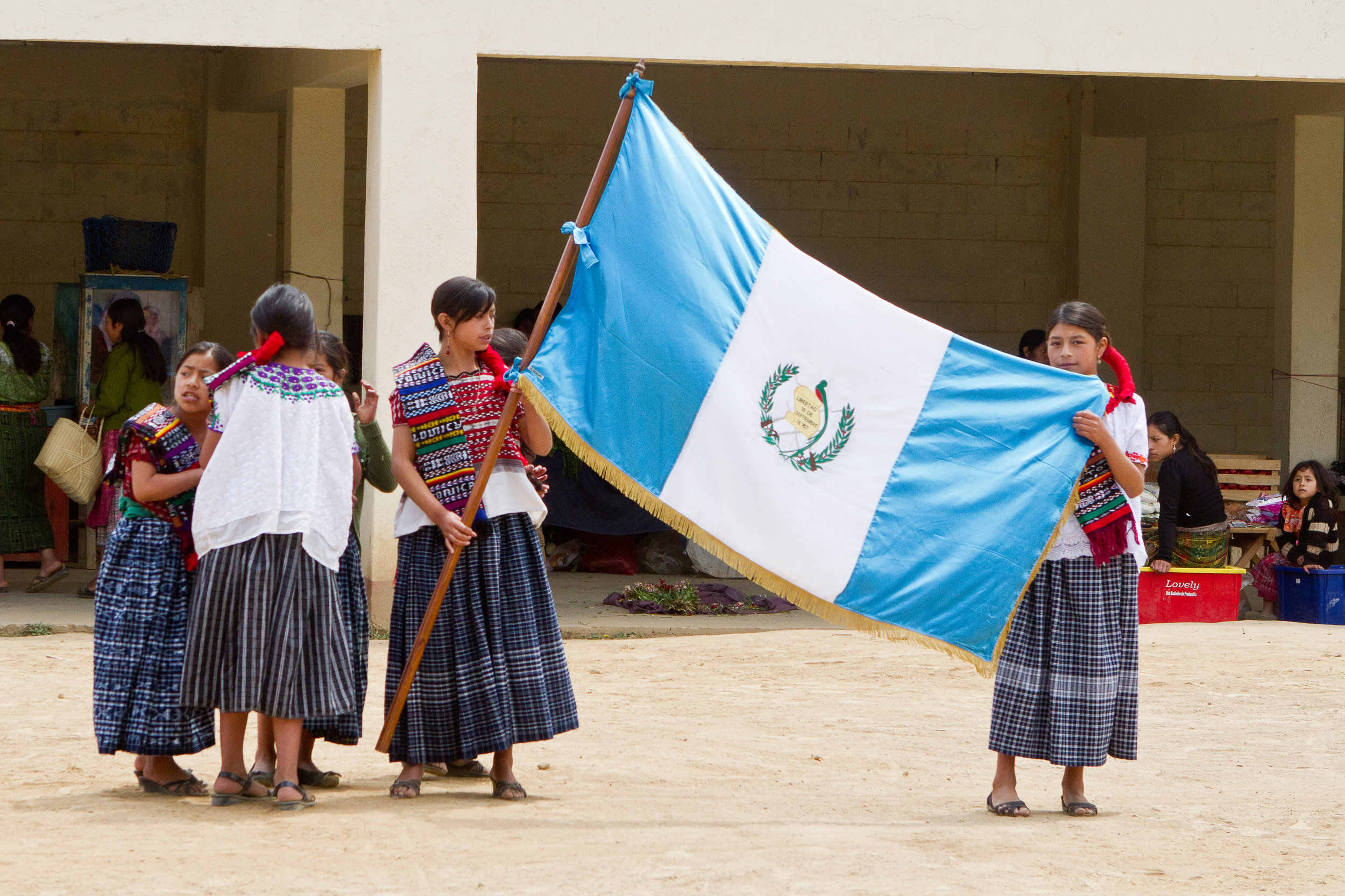
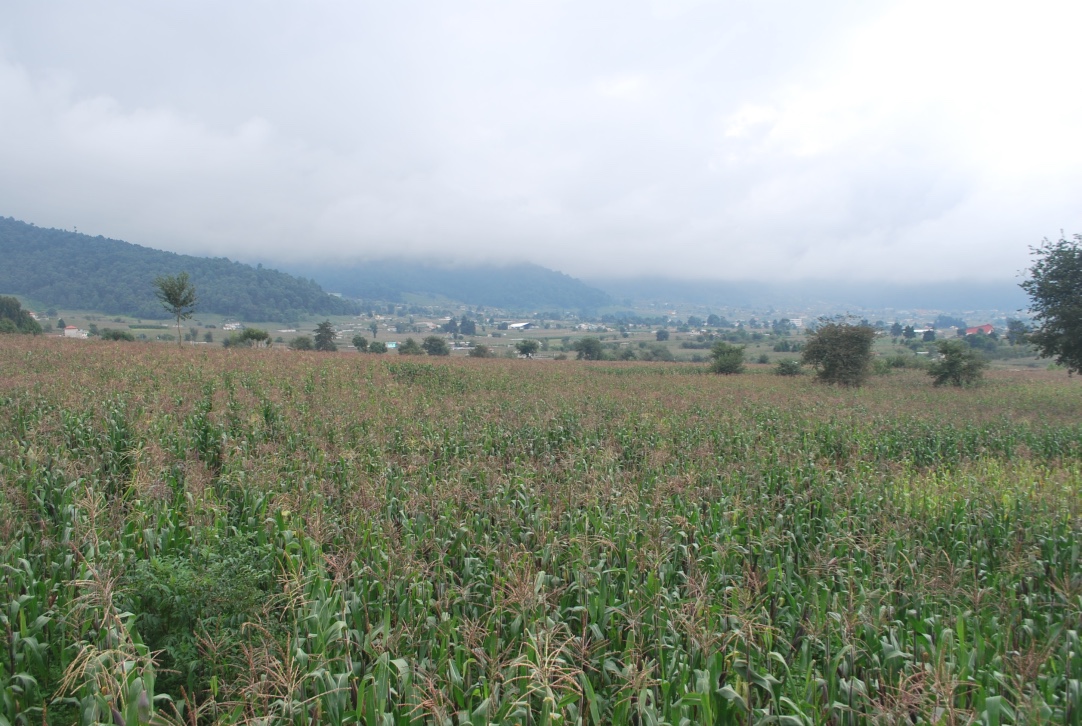
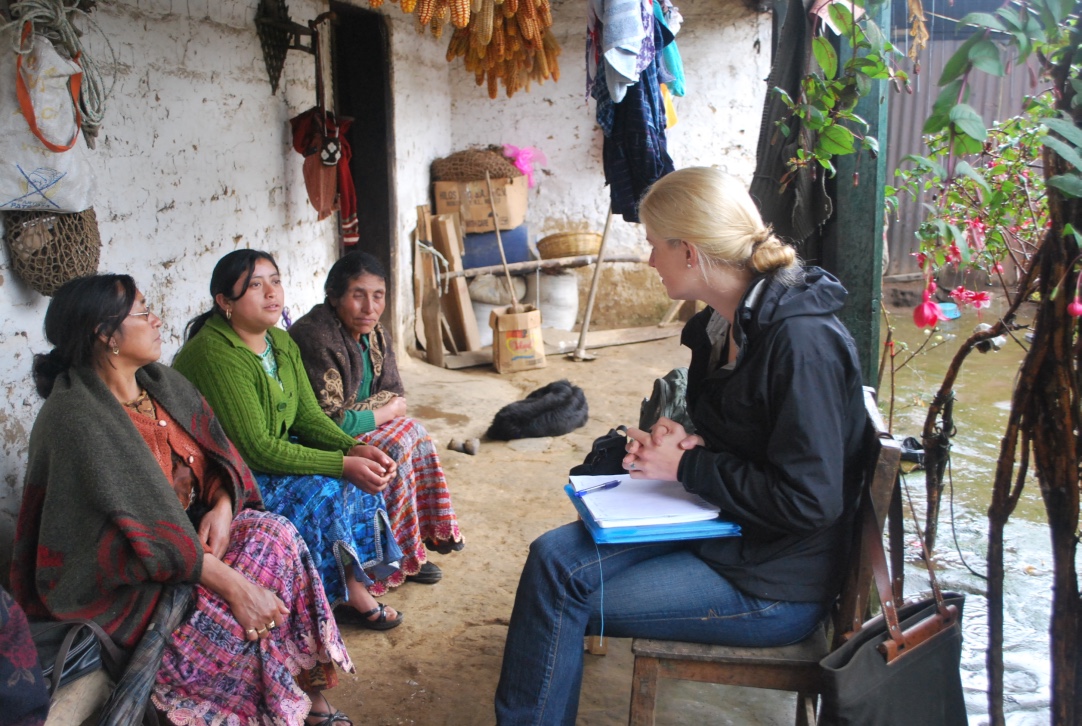
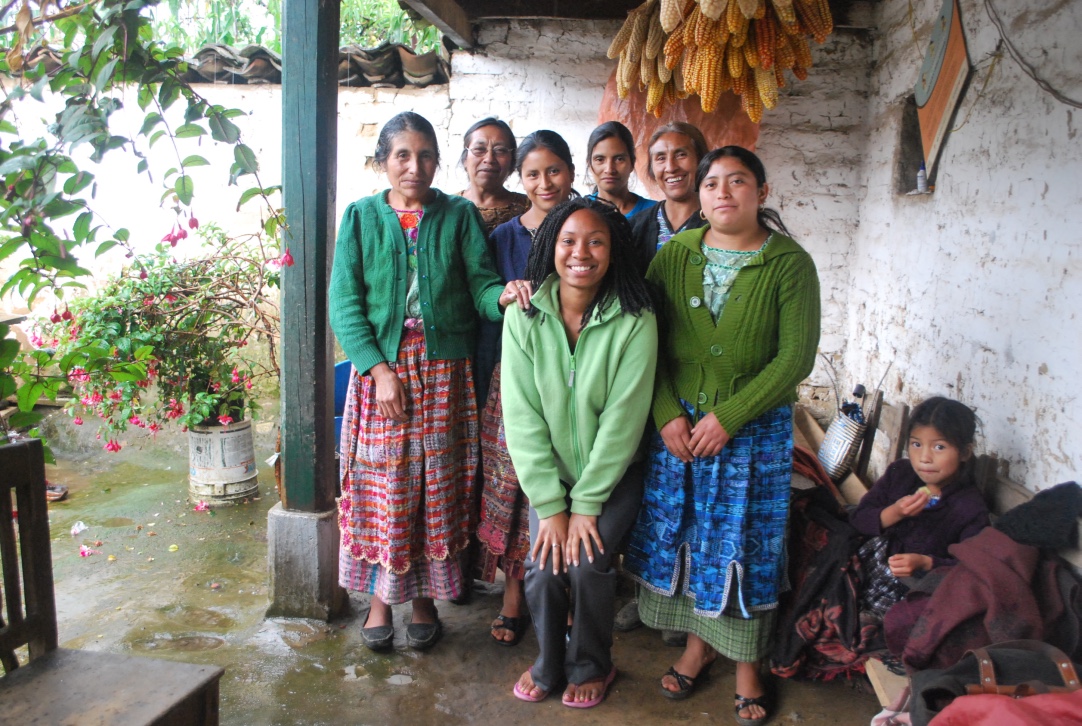
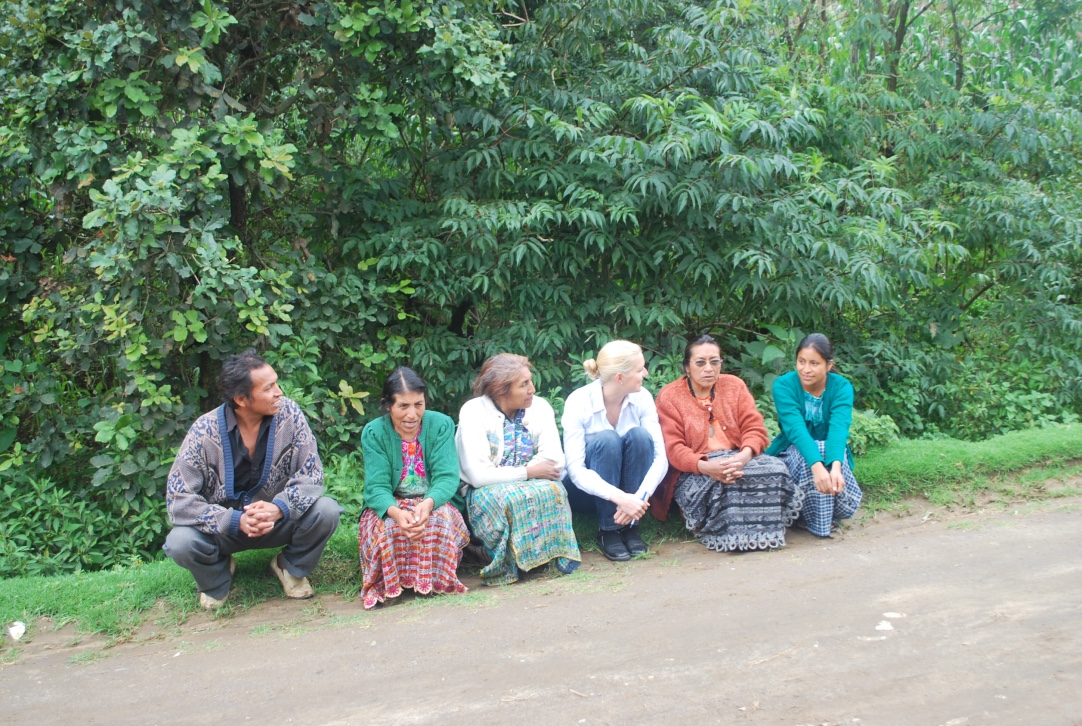
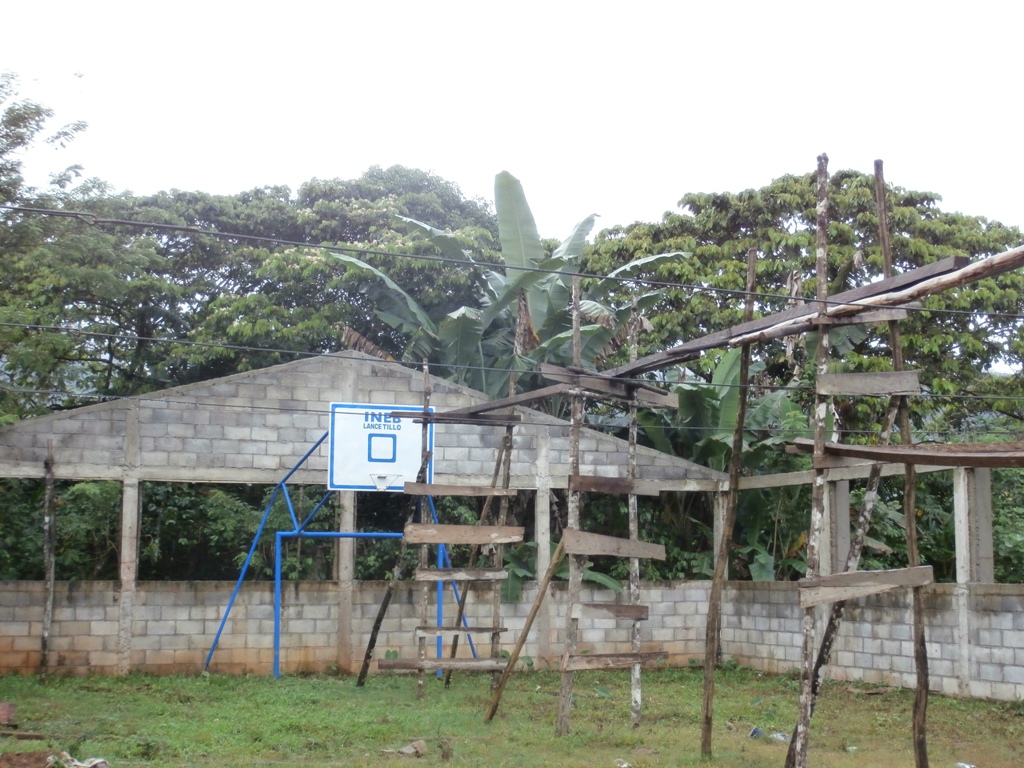
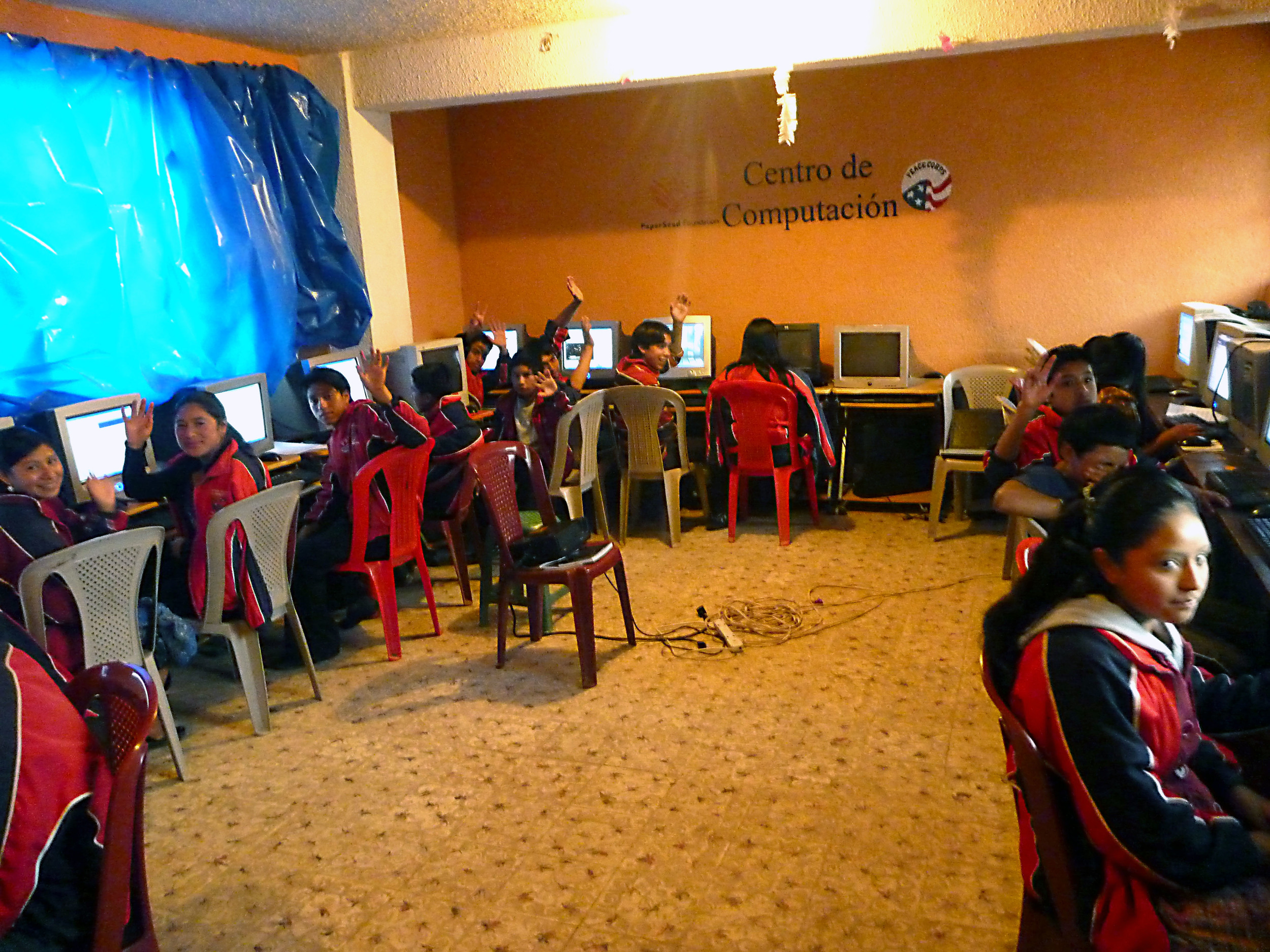
Current projects:
MAIA DIGITAL PIONEERS
Rural villages in Sololá, a department in western Guatemala, are often characterized by rigid customs governing the role of young women. Traditionally, girls are expected to marry young, move in with their husband’s family, and reproduce early and often. As such, many families aim to equip daughters only with the most rudimentary schooling before they marry. This moment coincides with puberty (when conservative norms limit a young woman’s mobility), opportunity costs (since adolescent girls can often manage chores or generate small levels of income outside the home), and the pressure to marry. These contextual challenges explain why Mayan women average just four years of schooling in Sololá, and why half are mothers by age eighteen.
PaperSeed is partnering with MAIA to create a digital literacy program for high school girls. In many cases, these "Digital Pioneers" are the first in their families to achieve secondary schooling, and are role models for other girls and their community at large. Through this program, girls will learn how to successfully find, evaluate, utilize, share, and create content using digital technologies; learn how to safely navigate and utilize online resources and use their newfound skills to secure dignified employment that lifts them out of poverty.
Girl Rising Guatemala
Adolescence is a vulnerable time for girls, particularly those from Guatemala’s indigenous communities. Many are forced to drop out of school, prevented from pursuing their dreams. Persistent gender discrimination, including deeply held gender beliefs, lack of safety, and lack of access to secondary education leads to parents, families, and teachers not prioritizing and understanding the value of girls’ education or investing in building girls’ confidence and agency. Consider that, in Solola, where this project takes place, 50% of the girls who attended 6th grade are not enrolled in 7th grade.
PaperSeed is partnering with Girl Rising to address these issues at the community level, starting with a 24-week course, adapted to include local customs and cultural norms, which will be translated to local dialects. Through a contextualized curriculum that is complemented by Girl Rising media content (6 of the original chapters from the Girl Rising film), participants will examine the issues and challenges that adolescent girls (including themselves) face around the world.
Vásquez Learning Center- Abriendo Oportunidades
High up in the Western Highlands of Guatemala, nearly nine out of ten girls don't finish primary school, and illiteracy remains high. Without education, the cycle of poverty lives on. But where there is hope for a better future, there are opportunities to create one.
In 2013, we began the construction on a learning center in partnership with Abriendo Oportunidades, a local organization dedicated to the education and empowerment of girls and young women. This learning center is a safe meeting place and strengthens education through a computer lab and library books for the rural village of Vásquez. The center also benefits the community at large, reinforcing the literate population by making books accessible, and creating a behavior change by promoting technology as a resource tool for education.
Before the construction of the learning center, there were no libraries in the village of Vásquez, or in surrounding villages. In order for the learning center to be an ongoing success, there are several crucial improvements that must be made to the existing structure.
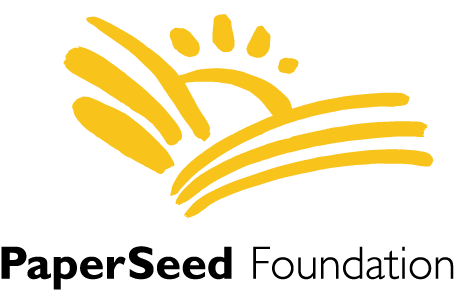

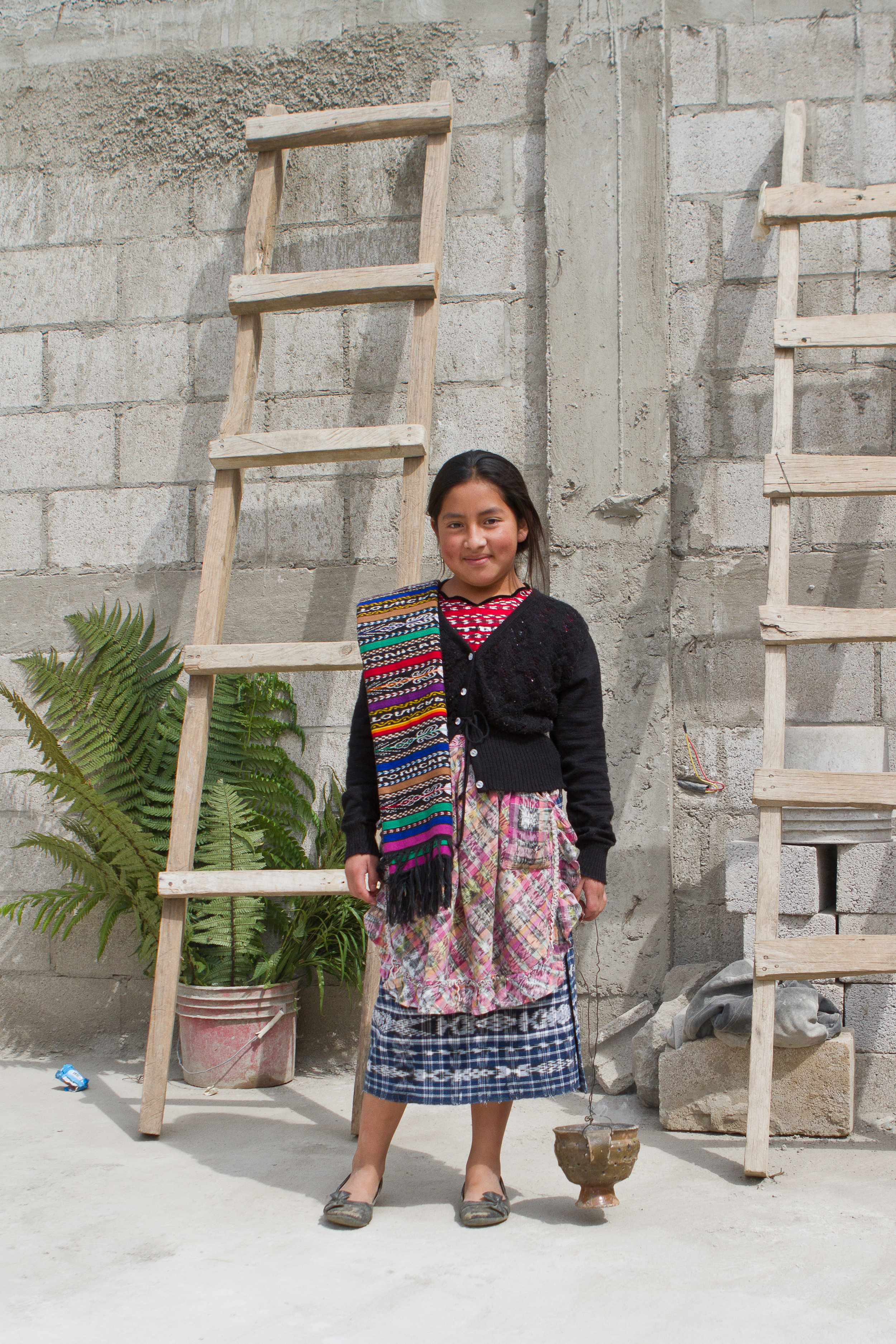
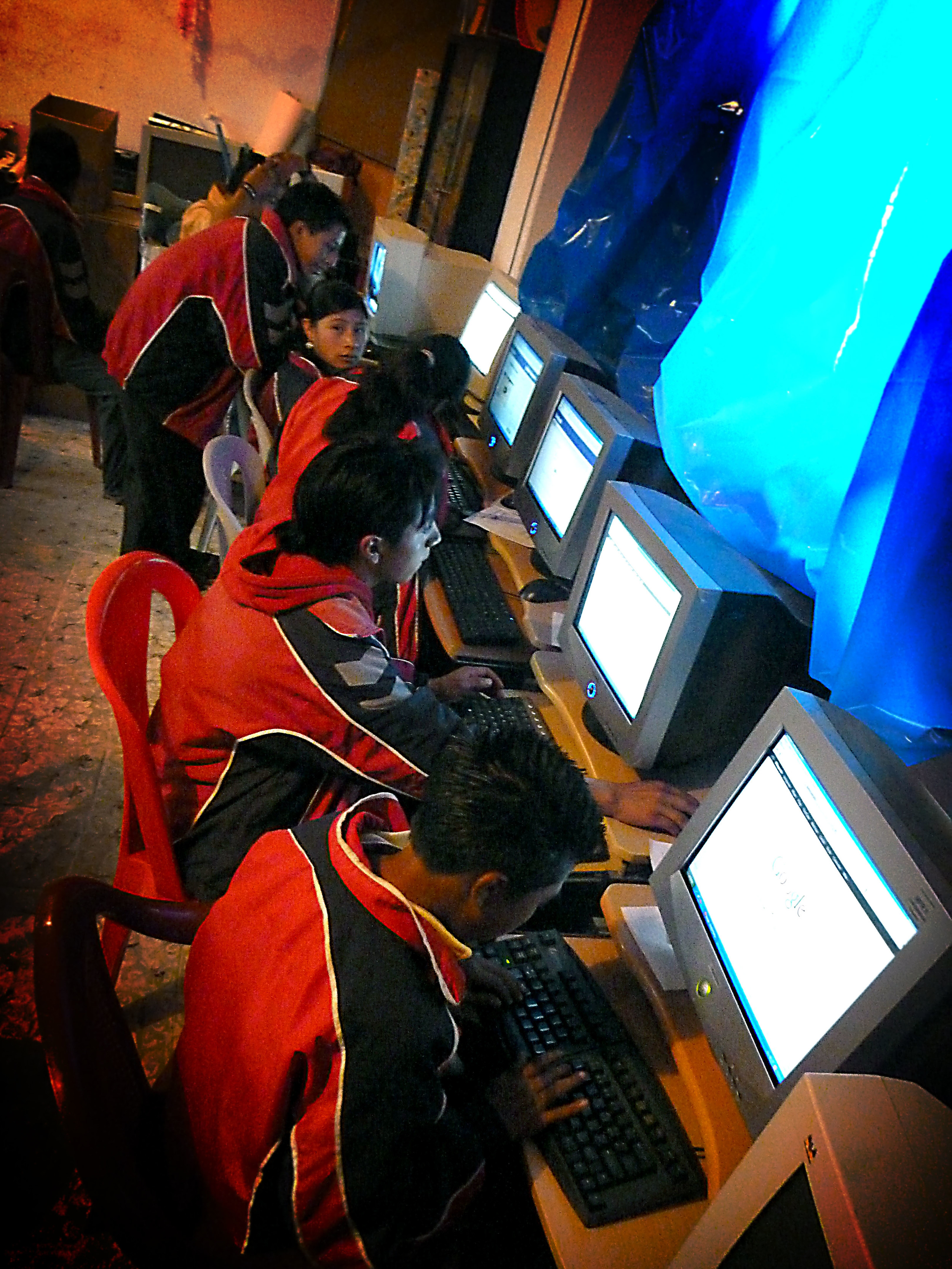






Project SERES is a local not-for-profit association committed to empowering youth in Guatemala and El Salvador to lead sustainable communities. SERES seeks to simultaneously galvanize the potential of the youth bulge and create new ecologically-minded youth leaders in the department of Sacatepéquez through the SERES Youth Sustainability Leadership series. . .